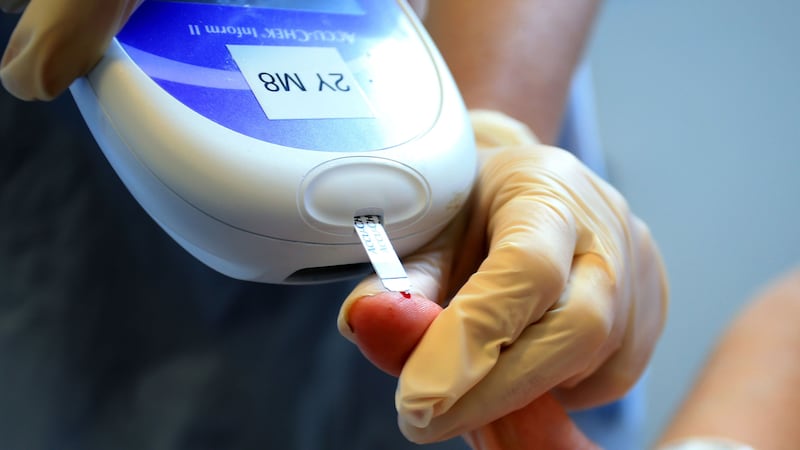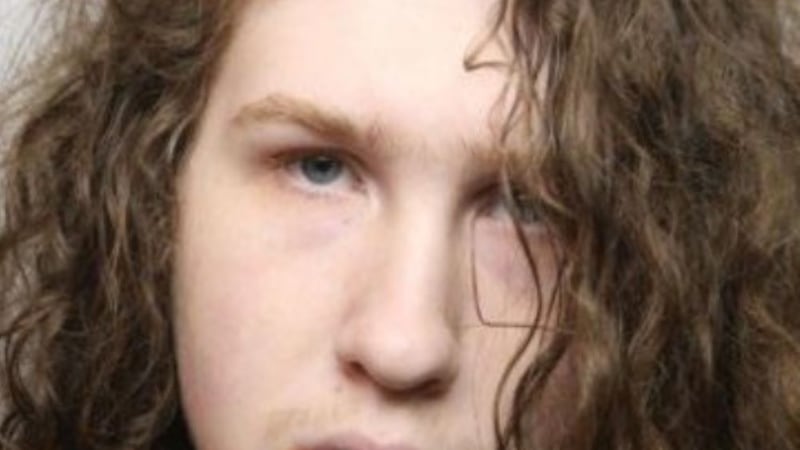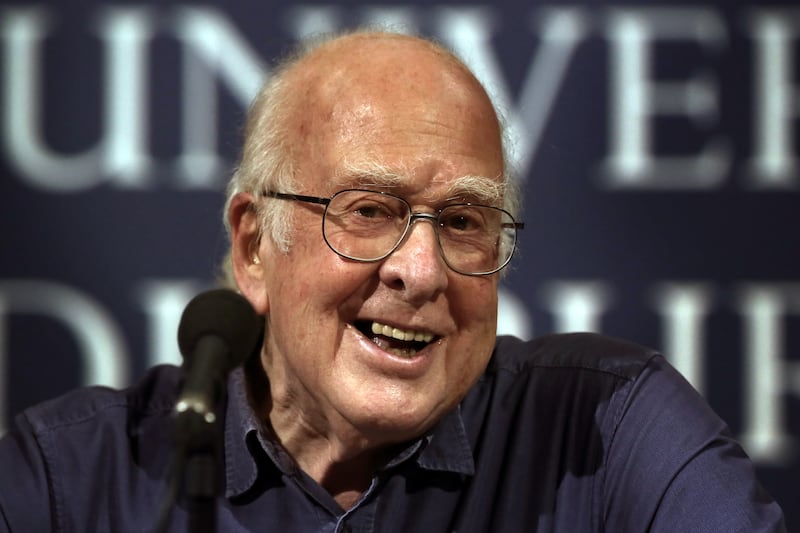Type 1 diabetes is two different conditions defined by diagnosis age, new research suggests.
Children who are diagnosed with type 1 diabetes under the age of seven have a different form of the condition compared with those diagnosed aged 13 or above, scientists say.
A new study from the University of Exeter found that children who were diagnosed under seven years old do not process insulin properly and the cells that make it are quickly destroyed.
While those aged 13 or over at diagnosis often continue to produce normal insulin.
Researchers say their findings reignite important questions about whether these “dormant” insulin-producing cells could be reinvigorated to work more effectively.
The study published in Diabetologia – the journal of the European Association for the Study of Diabetes, suggests new names for the two distinct forms – endotypes – of the condition.
Type 1 diabetes endotype 1 (T1DE1) for that diagnosed in the youngest children, and type 1 diabetes endotype 2 (T1DE2) for those who are older at diagnosis.
Professor Noel Morgan, of the University of Exeter Medical School, said: “We’re extremely excited to find evidence that type 1 diabetes is two separate conditions – T1DE1 and T1DE 2.
“The significance of this could be enormous in helping us to understand what causes the illness, and in unlocking avenues to prevent future generations of children from getting type 1 diabetes.
“It might also lead to new treatments, if we can find ways to reactivate dormant insulin-producing cells in the older age group. This would be a significant step towards the holy grail to find a cure for some people.”
The study suggests children diagnosed between the ages of seven and 12 could fall into either the T1DE1 or T1DE2 group.
Sarah Richardson, associate professor at the University of Exeter Medical School, said: “Our research could have a significant impact on current emerging therapies for type 1 diabetes.
“We’re seeing a lot of promise in immunotherapies which can slow disease progression, but so far that hasn’t translated into effective new treatments.
“It could be that we need to focus on the use of different therapies in each age group, for these to be effective.”
Dr Elizabeth Robertson, director of research at Diabetes UK which jointly funded the study with type 1 diabetes charity JDRF, said the findings bring scientists one step closer to being able to halt the immune attack behind type 1 diabetes.








